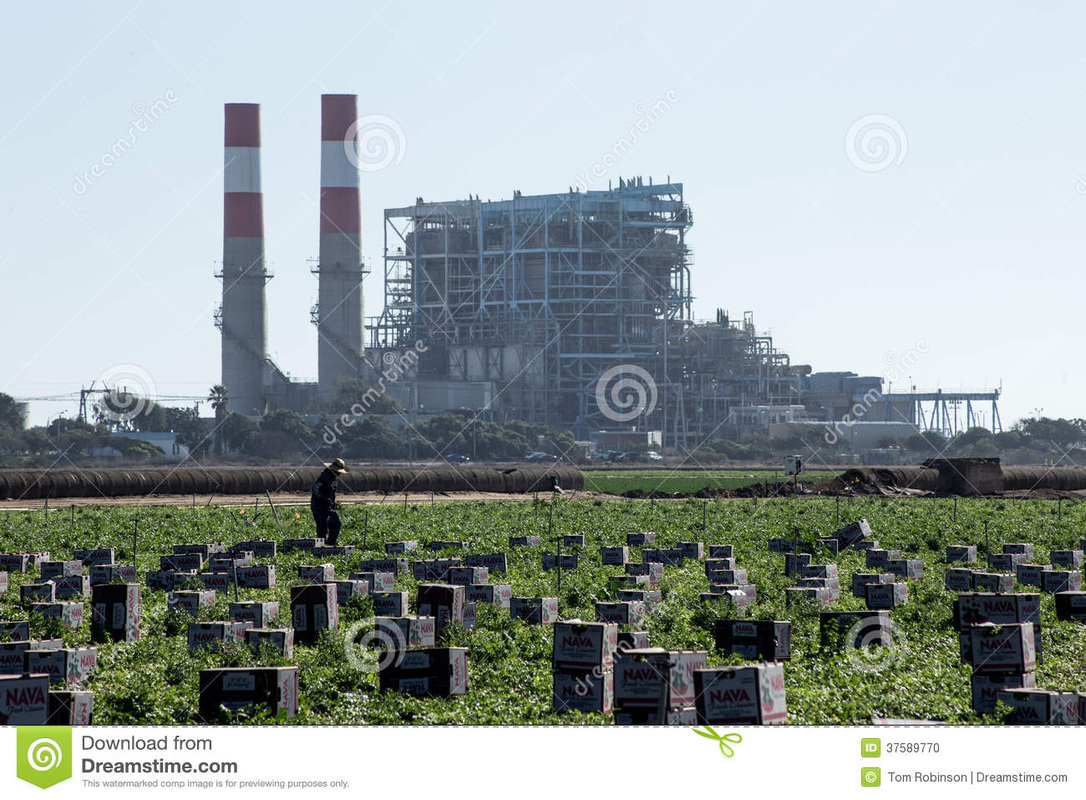Nuclear energy, often likened to a double-edged sword, embodies both the potential for immense benefit and the specter of catastrophic peril. This type of energy, derived from nuclear reactions — predominantly nuclear fission and nuclear fusion — has emerged as a pivotal player in the global energy landscape. The allure of nuclear energy lies not only in its capacity to produce vast quantities of electricity but also in the captivating phenomena underlying its operational mechanics. The dualities of nuclear energy compel a deeper exploration into its nature.
Understanding Nuclear fission
The genesis of nuclear energy can be traced to the process of nuclear fission, an intricate ballet of atomic nuclei. Here, heavy isotopes such as Uranium-235 or Plutonium-239 undergo a transformative split when bombarded by neutrons. This fissile material, akin to a tightly coiled spring, releases a prodigious amount of energy when its atomic bonds are broken. The energy released during fission is quantified in millions of electron volts (MeV), leading to both heat generation and a release of additional neutrons, which can initiate further fission reactions in a self-sustaining chain reaction.
Fusion: The Energy of the Cosmos
A contrary yet complementary process is nuclear fusion, the cornerstone of stellar energy production. In the sun, hydrogen nuclei collide and fuse under the immense gravitational pressures, creating helium and releasing energy that permeates space as sunlight. This process holds the promise of nearly limitless energy and negligible radioactive waste; however, achieving and maintaining the requisite conditions — high temperatures and sufficient pressure — on Earth has remained an elusive endeavor for scientists. The fusion reaction is epitomized as a potent symbol of clean energy’s holy grail, heralding the potential to alleviate humanity’s insatiable energy demands.
Nuclear Power Plants: Harnessing Power
Nuclear reactors, the vanguards of harnessing nuclear energy for human use, function as sophisticated thermal machines converting nuclear fission into electrical energy. The operational framework of a nuclear power plant resembles that of its fossil fuel counterparts but diverges significantly in its fuel source. The reactor core, where nuclear reactions occur, generates substantial heat, which transforms water into steam. This steam propels turbines connected to electricity generators, enabling the conversion of thermal energy into electrical energy with extraordinary efficiencies.
The disparity lies in the emissions; nuclear power generation is fraught with fewer carbon emissions compared to traditional fossil fuel strategies, positioning it as a vital component of climate policies aimed at reducing greenhouse gas emissions. Nonetheless, the question inherently arises: What lurks within the shadows of its luminous promise?
The Double-Edged Sword
The multifaceted nature of nuclear energy engenders debates that echo through policy discussions, ethical considerations, and societal implications. The specter of nuclear accidents, such as that which befell Chernobyl or Fukushima, raises legitimate concerns about the safety and longevity of nuclear power infrastructure. These events serve as cautionary tales, replete with implications for public health, environmental integrity, and the socio-political landscape concerning energy management.
Moreover, the complexities associated with managing radioactive waste pose formidable challenges. The byproducts of nuclear fission encapsulate long-lived isotopes that remain hazardous for millennia. Architects of nuclear energy policies grapple with the resolution of waste storage — a dilemma symbolizing the broader struggle of reconciling human advancement with environmental stewardship.
Global Perspectives on Nuclear Energy
Globally, perspectives on nuclear energy diverge widely. While several nations embrace nuclear power as an indispensable asset within their energy portfolios, others eschew it vehemently. In countries like France, nuclear energy accounts for over 70% of electricity production. This robust integration underlines a commitment to energy security and climate neutrality. Conversely, in Germany, the decision to phase out nuclear energy in favor of renewable alternatives epitomizes a cautionary stance against perceived risks associated with nuclear power.
Innovation and Challenges Ahead
The future of nuclear energy teeters on the precipice of innovation. Advanced nuclear technologies, including small modular reactors (SMRs) and next-generation fusion reactors, promise to mitigate some of the traditional hurdles associated with nuclear power. These innovations aim to enhance safety, diminish waste, and lower costs, potentially reshaping the nuclear energy landscape. The international pursuit of fusion energy through projects like ITER presents an invigorating glimpse into the future but requires substantial investment and collaboration among nations. The emergence of these technologies can modulate the balance between the necessity of energy in a burgeoning world and the imperative of sustainable stewardship.
Conclusion: A Metaphor for Humanity’s Journey
In its essence, nuclear energy serves as a metaphor for humanity’s ongoing journey — a pursuit of enlightenment fraught with risk and repercussions. Engaging with this powerful form of energy urges us to confront the paradoxes of progress: balancing the thirst for advancement with the responsibilities bestowed by such power. As we navigate the intricacies of energy choices, the dual essence of nuclear energy remains emblazoned within our collective consciousness, compelling us to forge a future marked by wisdom, sustainability, and stewardship. Each decision made reverberates across generations, echoing in an intricate tapestry woven from ambition, caution, and the timeless quest for understanding the forces that govern our universe.












